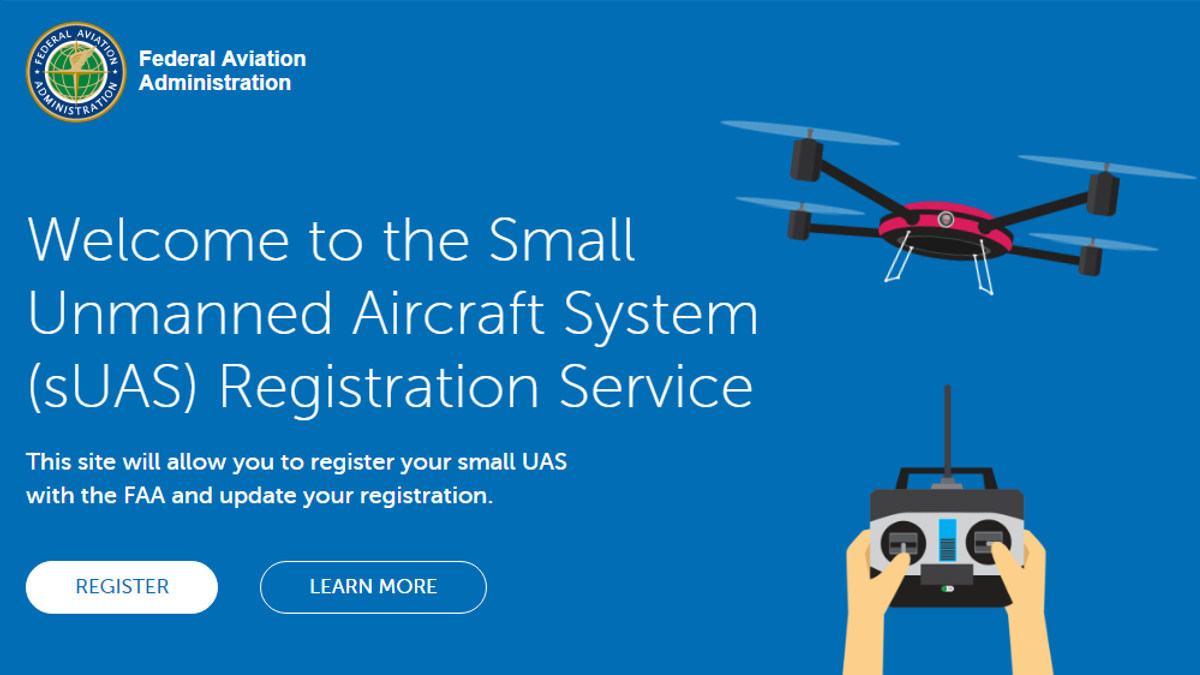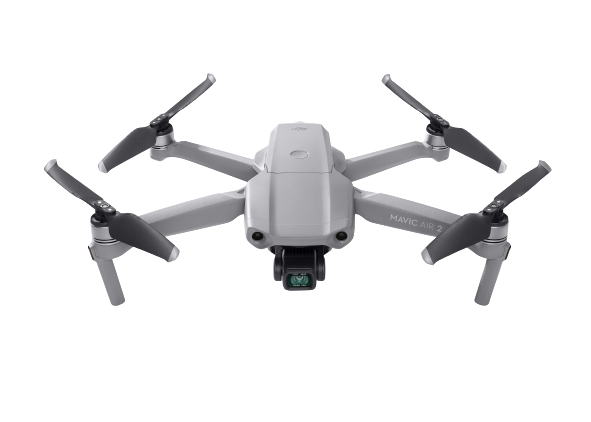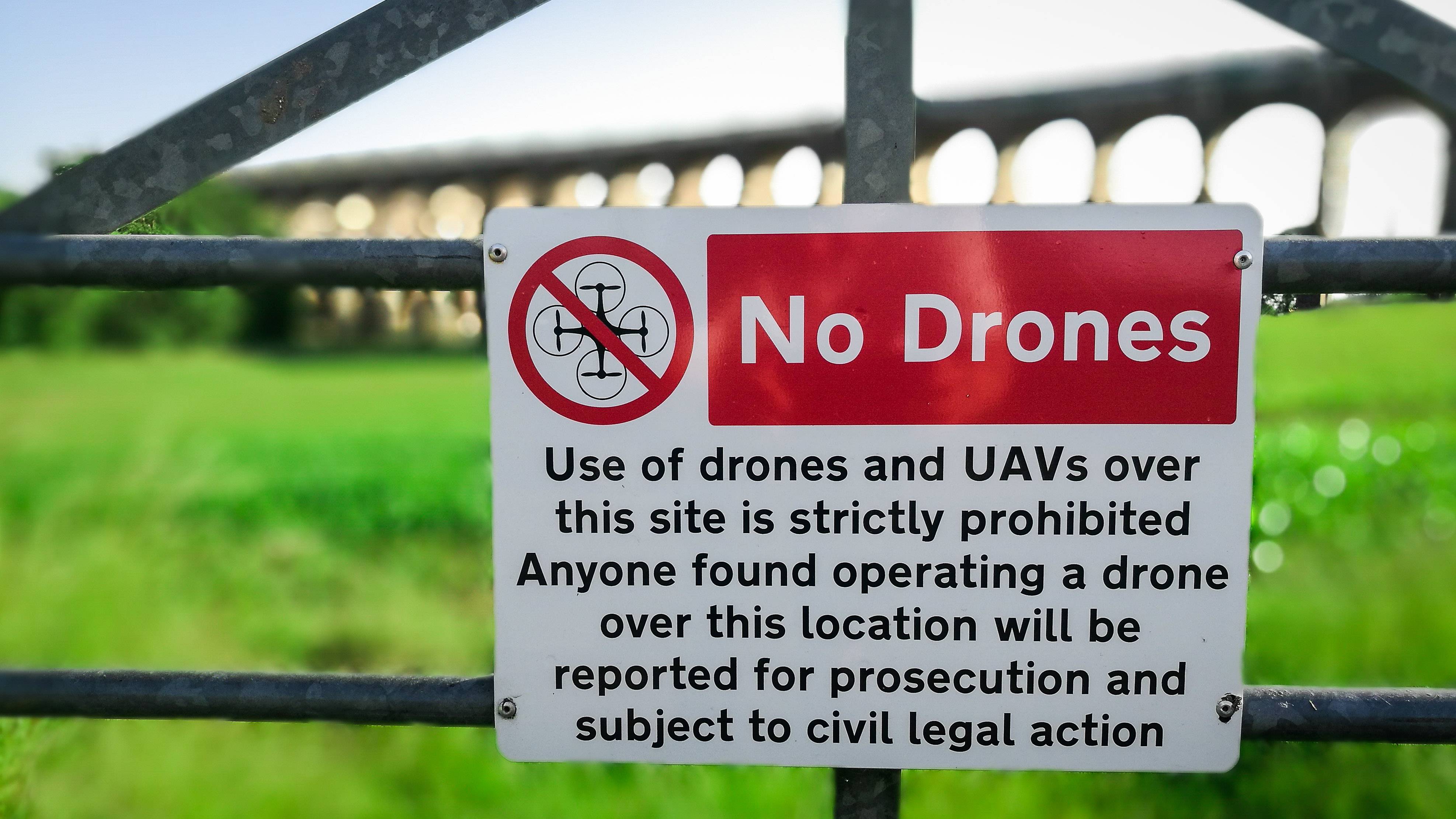
Drones are often equipped with navigation and anti-collision lights. But, the lights may not always be sufficient for drones flying in low light or in bad weather conditions. While they aren't required by FAA, anti collision lights, also known as ARCs are still highly useful. They are also brighter and more durable than stock lights, and compatible with most drones. These lights offer many benefits. Continue reading to find out more.
Anti-collision lights aren't required by the FAA
Although the FAA does not require drones to be equipped with anti-collision lighting, they are required to meet the same lighting requirements as airplanes at night. The FAA does not require drones to have anti-collision lamps. However, they are necessary for other aircraft to see your drone. These lights must meet certain requirements, including visibility and frequency. The FAA refers to this as "performance-based rulemaking." The light is still an important safety element, regardless how strict the requirements might be.
They are compatible with all drones
Drones are small flying machines that can fly in areas that humans cannot. Often, these devices are equipped with cameras and other devices to capture images and videos from the air. Some drones have cameras built in. These are the top drone cameras available. This one might surprise you. Find out what you should look for. Also, be sure to see our recommendations for drone cameras that beginners should consider.

They're brighter than stock lights
If you're looking for an upgrade for the stock lights in your drone, there are a few different options available. Firehouse ARC CREE Emergency Strobe Light is one option. The 6 gram unit has four LEDs, CREE light and four LEDs. It can reach 3 miles according to the FAA. To keep moisture out, this model has a plastic film over the motherboard.
They are durable
The lights of a drone are an important component of its technology. They can be used for many purposes, including data collection. Some drones are equipped with sensors that detect obstacles and prevent crashes landings. For drone safety, navigational lights are also necessary. Anti-collision light must be visible up to three miles. Anti-collision lighting is essential for drone operators.
They are compatible with accessories of third-party manufacturers
To enhance your flying experience, it is crucial to select compatible accessories. Many drone owners who are new to the hobby make the error of purchasing the wrong accessory, and they end up disappointed. Be sure to read the "accessory information" section of the product description before buying a drone accessory. Compatible drone accessories can enhance your flying experience and make your hobby more enjoyable. These tips will help you make an informed decision.

FAQ
Does the FAA regulate drones
The FAA oversees all aspects drone operations including safety standards and certification requirements.
Do I need special training to fly a drone?
You don't require any special training to fly your drone. A remote control unit is all you need. You also need to have some basic knowledge of flight mechanics.
How can I keep drones off my property?
Drones are increasingly popular for home surveillance. However, they pose a threat to privacy and security. If you want to avoid drone attacks, you should install motion sensors around your property and use them to detect any unauthorized flying objects.
Traveling with a Drone?
Drones are increasingly becoming popular both for personal and commercial use. Drones are used for filming, photography, aerial mapping, search and rescue, as well as other purposes. A number of new regulations have been approved by the FAA for drones. These include registration, licensing, pilot training and insurance. These changes will help ensure that drones remain safe for everyone involved.
What are the rules of operation when using drones?
Registering your drone with FAA is required. This registration process includes submitting information about the device, including its weight, size, battery capacity, and operating frequency. The FAA will issue you an identification number.
Is it safe for a driver to fly a drone?
Flying a drone while driving is dangerous because you could crash into another vehicle or object. You could also hit pedestrians and animals. Your car could be damaged if it hits power lines or trees.
Can I fly my drone through my neighborhood?
Yes! These are also known as UAVs (unmanned aerial vehicle). There are many different types of drones that you can buy today, including small quadcopters as well as large fixed-wing aircraft. New rules have been issued by the FAA regarding commercial use of UAVs. This means that you can legally fly them for business purposes. However, be aware that flying a UAV near airports may cause interference with air traffic control systems, and you must obtain permission from local authorities before operating one.
Statistics
- According to industry research from ZipRecruiter , there are 10 cities where the typical salary for a Drone Pilot job is above the national average. (dronesgator.com)
- Research and Markets predict a growth rate of 51.1% over the next five years. (thedroneu.com)
- With the top 10% making over $100/h and the bottom 10% making as low as $10/h. (dronesgator.com)
External Links
How To
How To Fly Drones For Beginners
A drone refers to a remote-controlled aircraft designed for aerial photography, surveillance and scientific research. Drone technology has existed since World War II. DJI introduced their Phantom series of quadcopters in 2010, but commercial use only began in 2010. Many types of drones have been made available since then, from beginner-friendly models such as the Parrot AR Drone 2.0, to high-end multi-rotor craft such as the DJI Mavic Pro.
There are several ways to fly a drone, including;
-
Remote control - This method uses a control device attached to your hand, which enables you to steer the drone through its flight path. There are two main types, On/Off switches (like radios) and joysticks.
-
Manual Control – This allows remote operation of the drone via GPS coordinates using a smartphone application. The app will provide instructions and help you to locate the drone.
-
Autonomous Flight – This is when the drone handles all the piloting tasks. It's basically flying autonomously without any human intervention. To enable autonomous flight, the drone should have a built in camera and sensors capable recording images and data.
-
Triggered Flight: This is similar in concept to manual control. The pilot manually creates a route and the drone then follows it until it reaches that endpoint. After the preprogrammed route is complete, the drone will automatically land and return to its base.
-
Landing Gear: Some drones have landing gear that allows them safely to land in case they lose power or run low on battery.
-
Goggles – Pilots often wear goggles while flying to keep themselves safe from any debris.
-
Camera - Some drones can be equipped with cameras which enable you to capture photos from the sky.
-
Obstacles - Some drones can be equipped with obstacle avoidance systems that prevent them from crashing into obstacles.
-
Speed - Drones can reach speeds up to 40 mph.
-
Battery Life - Most drones last between 20 and 3 hours depending on how much power they have.
-
Range - Some drones can travel upto 30 miles depending on their models.
-
Power source - Not all drones can use an external power source. Others can run on internal batteries.
-
Weight - Some drones can be as light as 1 pound while others can reach 4 pounds.
-
Size - Drones can range in size from tiny devices that can fit in your palm to heavy crafts that weigh 50 pounds.
-
Price - All drones fall within a specific price range, from high-end models that can cost thousands of dollars to lower-cost options starting at $100.